July 07, 2022 | Capitol Weekly | Insights
Felicia Marcus discusses how the California Environmental Quality Act can help address the state's infrastructure shortcomings while minimizing impacts on communities and the environment.
June 02, 2022 | Stanford Earth Matters Magazine | News
A Stanford University study simulates 65 years of land subsidence, or sinking, caused by groundwater depletion in California’s San Joaquin Valley. The results suggest significant sinking may continue for centuries after water levels stop declining but could slow within a few years if aquifers recover.
February 14, 2022 | governing.com | Insights
There are successful models for leveraging natural systems to improve water quality and supplies, enhance biodiversity and blunt the ravages of wildfires. There’s even something we can learn from beavers.
December 15, 2021 | Stanford Law School | News
Sharon Driscoll, Diana Leonard
Stanford research looks at drought, wildfires and smoke and the growing risks of climate change in the Golden State.
October 27, 2021 | Water in the West | News
Stanford water experts discuss lessons learned from previous droughts, imperatives for infrastructure investment and pathways for the state to achieve dramatically better conservation and reuse of its most precious resource.
April 26, 2021 | Smart Water Magazine | News
An op-ed in Smart Water Magazine from Newsha Ajami outlines three transformation ideas to consider as communities rebound from the pandemic, address recent infrastructure failures and plan for the future.
April 21, 2021 | Water in the West | News
Using a new computer framework, scientists are able to project future floodwaters under a changing climate. The approach could help California water managers plan for and redirect floodwaters toward groundwater aquifers, alleviating both flood and drought risks.
March 23, 2021 | Water in the West | News
Naming priorities such as better land management, an evolved portfolio of 21st-century solutions and more funding for research and development, Stanford experts highlight areas central to success as the Biden-Harris administration aims its sights on safeguarding U.S. drinking water.
March 22, 2021 | Program on Water, Health & Development | News
Stanford researchers are revealing water’s many - and sometimes surprising - benefits.
March 08, 2021 | Water in the West | News
Stanford postdoctoral scholar Philip Womble examines whether proposed changes to water rights laws alleviate obstacles to more efficient and affordable water market transactions.


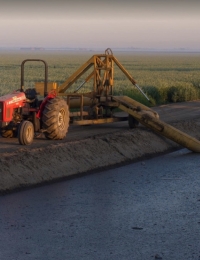

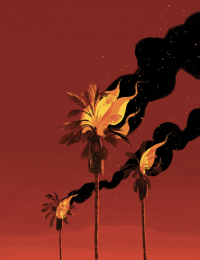
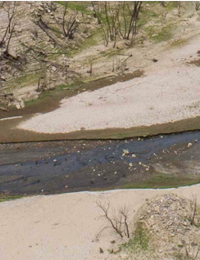
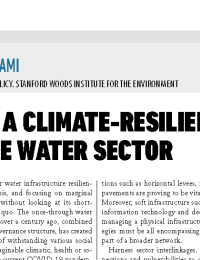
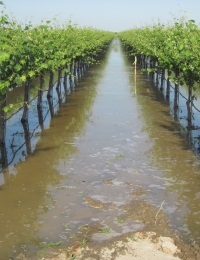



![[Woods Logo]](/sites/default/files/logos/footer-logo-woods.png)
![[Bill Lane Center Logo]](/sites/default/files/logos/footer-logo-billlane.png)